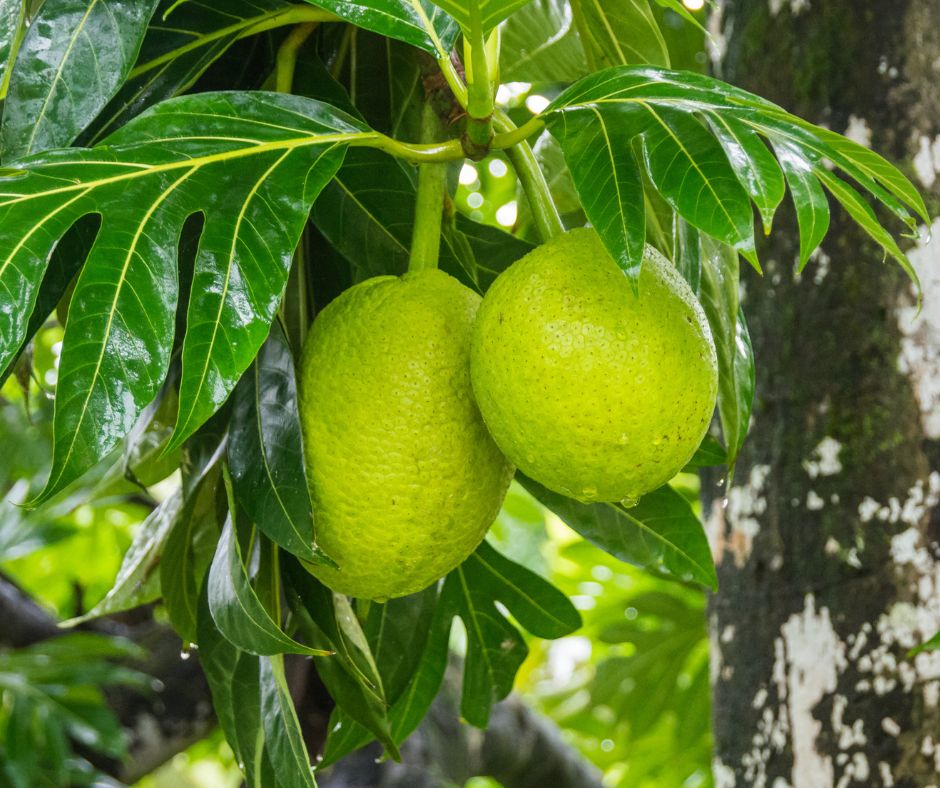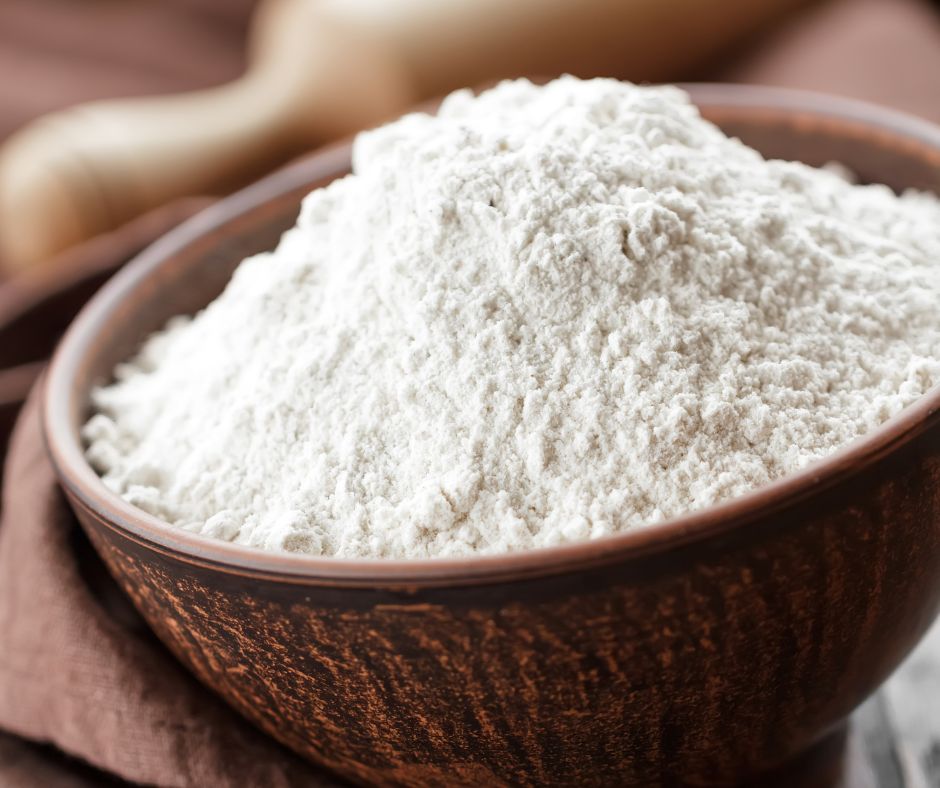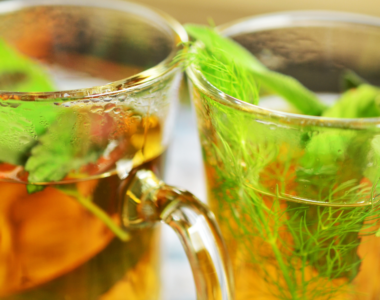
Table of Contents
Breadfruit: Introduction and Evolution
It is thought that New Guinea and the Indo-Malay region are where breadfruit first originated. The crop was eventually dispersed over the vast Pacific by intrepid islanders. A tree that produced many, starchy fruits that, when roasted over a fire, resembled freshly baked bread in texture and aroma astounded and pleased Europeans when they first encountered breadfruit in the late 1500s. So, “Breadfruit” does have a connotation associated with it.
The cultures or civilizations in different regions have ever since evolved with rich agriculture, producing one or more staple food-producing crops. History has given us more than enough proof that it is true in the ancient Near Eastern, Mesopotamian, Babylonian, Niger-Congo African, and many more historical civilizations. These cultures had Wheat, rice, barley, corn, and millets as some of the cultivated crops. But, now with scientific research, it has come to everyone’s attention the great potential of Breadfruit (Artocarpus altilis) as the next superfood or the staple food for its mouth-dropping qualities in nutrition and health.
Reasons for being a Superfood

Breadfruit is considered to be one of the best candidates to distribute to undernourished populations in tropical areas for cultivation as a staple. That is because of its properties to become a superfood. For one, when it comes to properties of Breadfruit, it contains significantly higher amounts of total essential amino acid content especially rich in phenylalanine, leucine, isoleucine, and valine resulting in higher-quality protein than other staples such as corn, wheat, rice, soybean, etc.
Nutrition value
Through research, it has been discovered that consuming 189 g of cooked breadfruit can meet up to near 57% of fiber, over 34% protein, vitamin C and Copper, about 28% potassium and manganese, and 5.75–11.5% of iron, calcium, and phosphorus of the daily recommended dietary allowances. Overall, these studies support the use of breadfruit as part of a healthy, nutritionally balanced diet.
Breadfruit flour

Breadfruit flour is now becoming a common ingredient for many foods. Processing the perishable starchy fruit into flour provides a means to expand the use of the fruit. The flour can be used to develop new value-added products for local use and potential export.
Qualities of Breadfruit flour
Comparatively, breadfruit flour has higher water and oil holding capacity, swelling power, and viscosity than wheat flour. Additionally, the cooking process of Breadfruit was found to cause little alteration in the bioactive compounds of breadfruit making it a promising functional ingredient and a great substitute for wheat in processed food products.
Researchers have discovered that flour produced from breadfruit is gluten-free, low glycemic index, in addition, be nutrient-dense and complete protein option for modern foods. Breadfruit protein was found to be easier to digest than wheat protein as well.
Value addition on Breadfruit
It is often used as a potato substitute in dishes as the fresh fruit can be baked, steamed, boiled, fried, microwaved, grilled, and barbecued as well. Also, now in the market, there are many products made out of Breadfruit flour such as noodles, pasta, tacos, pies, bread, chips, and many more.
Health benefits of Breadfruit
Breadfruit contains a good amount of fiber and is considered one of the highest fiber-rich fruits. It helps in reducing the rate of glucose absorption, and thus, it is a diabetic-friendly food. Not only that, the richness of fiber aids in reducing cholesterol levels by preventing its absorption, curing constipation, lowering blood pressure, and protecting the colon mucous membrane by warding off cancer-causing chemicals from the colon. It is brimming with the heart-friendly nutrient potassium that regulates blood pressure and heart rate.
Breadfruit contains plenty of antioxidants, which build resistance against infections and boost the immune system. It scavenges the harmful effects of free radicals that can otherwise lead to aging, age-related diseases, and cancer.
Benefits to skin and hair
Being a Vitamin C rich food, it facilitates the absorption of minerals particularly iron. Iron improves blood circulation in the scalp, stimulates hair follicles, and promotes hair growth. The fatty acids present in breadfruit regulate sebum production and reduce dandruff and itchiness. It also inhibits scalp inflammation and cell death, which keeps hair fall in control.
Breadfruit benefits the body as it contains omega-3 and omega-6 fatty acids, which stimulate skin and hair growth, regulate metabolism and promote bone health. Breadfruit is an ideal food for those on a weight loss program since it is low in calories and high in nutrition.
Vitamin C content in breadfruit promotes collagen production which provides elasticity to the skin. Breadfruit inhibits the activity of pro-inflammatory enzymes and prevents the overproduction of nitric oxides, thus preventing skin inflammations.
Given such outstanding properties, it is no wonder why everyone wants to consume breadfruit and its products for a well-balanced diet and a healthy life.
What is breadfruit and where does it come from?
Breadfruit is a large, tropical fruit native to Southeast Asia and the Pacific Islands. It grows on trees and has a starchy, potato-like flesh when unripe, but sweet and fruity when ripe.
Why is breadfruit considered a superfood?
Breadfruit is packed with nutrients! It’s a good source of fiber, protein, vitamin C, potassium, and several other essential minerals. Research suggests it can be beneficial for digestion, blood sugar control, and heart health.
Is breadfruit readily available in the US?
Fresh breadfruit can be challenging to find in most US grocery stores, especially outside of tropical regions. However, breadfruit flour, chips, and frozen options are becoming more common.
How can I incorporate breadfruit into my diet?
Breadfruit flour is a gluten-free alternative to wheat flour for baking. You can use it in pancakes, breads, or even pasta. Unripe breadfruit can be roasted, boiled, or fried for a savory side dish. Ripe breadfruit is delicious eaten fresh or used in smoothies.
What are the health benefits of breadfruit compared to other starches like potatoes?
Breadfruit is generally lower in calories and fat than potatoes. It boasts more fiber and potassium, making it a more nutrient-dense choice.
Is breadfruit sustainable?
Yes! Breadfruit trees are highly productive and require minimal resources to grow. They can be a valuable addition to sustainable agriculture practices.
Does breadfruit taste good?
Taste is subjective, but many describe unripe breadfruit as having a neutral, slightly sweet flavor that readily absorbs seasonings. Ripe breadfruit has a fruity, jackfruit-like taste.
Is breadfruit safe for everyone to eat?
Breadfruit is generally safe for most people. However, if you have latex allergies, consult your doctor before consuming breadfruit as it may cause a reaction.
How much breadfruit should I eat?
There’s no one-size-fits-all answer. As with any food, moderation is key. Talk to a registered dietitian for personalized dietary advice.
What are the potential downsides of breadfruit?
Fresh breadfruit has a short shelf life and can be challenging to find in some areas. Processing methods like drying or freezing can affect the nutrient content.



